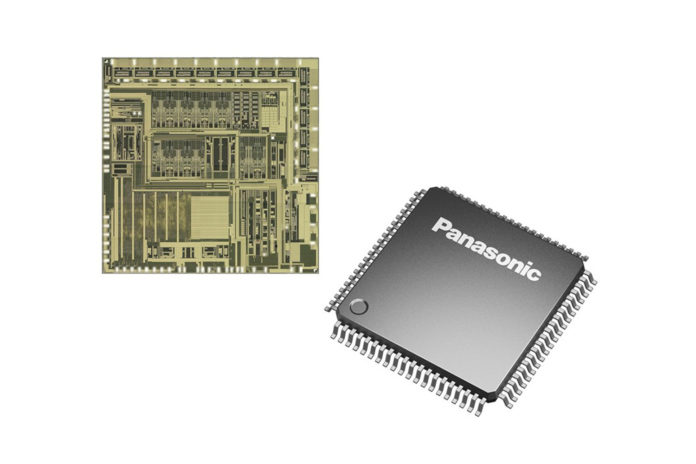Panasonic, a Japanese electronics industry company, in collaboration with Professor Masahiro Fukui of Ritsumeikan University, has developed a new battery management technology to perform a battery’s electrochemical impedance measurement. This is an effective method of evaluating the residual value of lithium-ion batteries in devices. The new technology can be used in various devices that use lithium-ion battery modules with many battery cells stacked in series and to future vehicles.
Panasonic was in charge of developing a new battery management IC (BMIC) test chip, measurement algorithm, and software, and Ritsumeikan University was in charge of evaluating the performance using actual batteries. It would contribute to the realization of a sustainable society by helping facilitate reuse and recycling of lithium-ion batteries.
The chip has a built-in electrochemical impedance measurement function using the AC current excitation method for lithium-ion stacked battery modules that are installed in operating devices.
The electrochemical impedance measurement is achieved by 15 fully parallel analog / digital converters and an AC current excitation circuit with pulse modulation from 0.1 Hz to 5 kHz and a complex voltage / complex current conversion circuit built in the BMIC. This allows the BMIC chip to measure the electrochemical impedance of a battery in operation without significantly changing the configuration of the current battery management software (BMS) installed in the battery.
The team has developed a temperature correction technology that measures the temperature of the lithium-ion battery during the electrochemical impedance measurement. It then corrects the temperature change of the impedance to the standard temperature and draws it on the Cole-Cole diagram. This makes it possible to accumulate Cole-Cole diagrams normalized to the standard temperature in the database even when the environmental temperature varies depending on the season and time.
